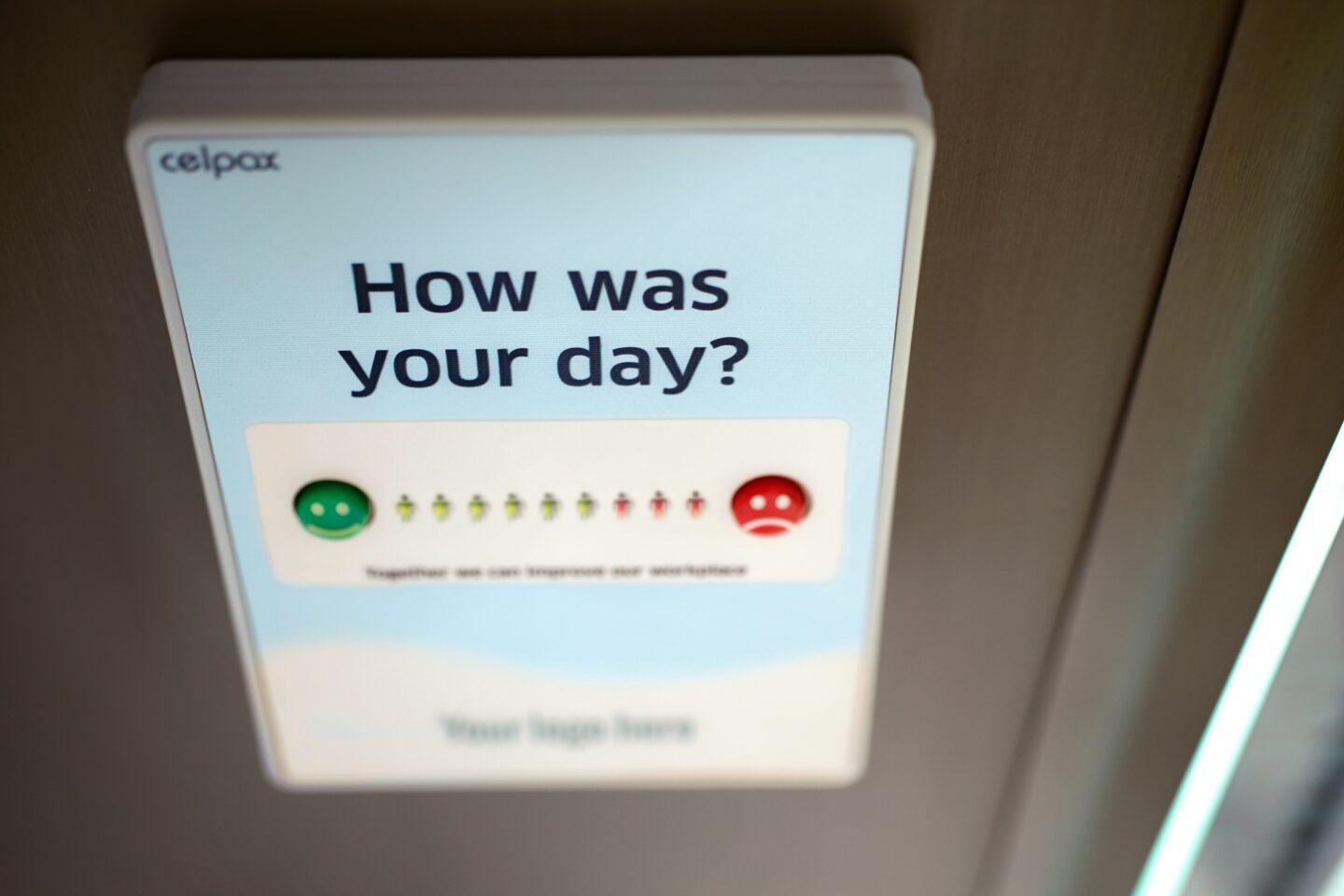Over the years, I have collected creative and terrifying examples that I show in my classes, to the stupefaction of the participants. In larger samples, there is even the potential for mechanized generation of false returns – gaming the system on an industrial scale and generating data that is completely unconnected to customer opinion and, therefore, of no use at all to analysts. In any of these cases, the bias seriously undermines the value of NPS as an accurate gauge of customer sentiment.
Those issues may not have been evident in the design process of NPS, but they have become significant as its use cases have developed.
Getting real value from NPS
Companies will want to retain NPS as a tool in the struggle to understand their markets; however, they will need to work on the “bad” and “ugly” elements in the following areas to ensure that they are using the tool in the most effective way possible.
1. Experiment with variations
Start with a simple average and follow this average overtime. Using a different range of scores for the categories may yield a more accurate picture – for example, 8-10 for promoters, not just 9 and 10 , or put the 6 in the passive category.
2. Add additional questions
Companies should avoid using NPS as their one key indicator of where to focus resources. NPS may be useful as one metric among many, giving a more balanced picture that considers a range of factors. Add additional questions relating to areas such as direct satisfaction, intent to repurchase, and include more open questions (“Tell us why…”), to allow customers to express their opinions more fully and in their own words. Consider wave-based research on usage and attitudes, and in-depth satisfaction surveys.
3. Draw on other sources
Given the limitations of NPS, companies should also look at objective performance measures (such as waiting time, critical incidents, etc.). For performance management, seek out other metrics, including behavior-based assessments by supervisors.
4. Control for possible drifts
To put NPS in context, organizations should seek to analyze data to test for drifts in composition of customer demographics over time and to survey changes in customer expectations. Comparing your NPS to a competitor’s can be helpful, as can benchmarking drifts against those of non-competing firms.
5. Use trends, rather than absolute numbers
Given the various cultural factors we touch on above, a trend-based approach is vital when comparing across regions or countries. Again, differences may be benchmarked with non-competing firms to provide context.
6. Closely monitor NPS field use
To tackle the issue of gaming, organizations should closely monitor the integrity with which NPS surveys are administered. Unusual favorable jumps in results should be checked thoroughly. Make use of “mystery shoppers” to vet the process from a user’s perspective.
To a certain extent, NPS has been a victim of its own success; what was developed as a useful but limited tool has been applied in ways for which it was never intended. Simply put, NPS should not be the number that businesses consider using to guide growth.
Rather than developing a quasi-religious obsession with NPS, organizations would be better advised to try to develop a more balanced dashboard, of which the NPS could remain one element. Not a magic wand.







